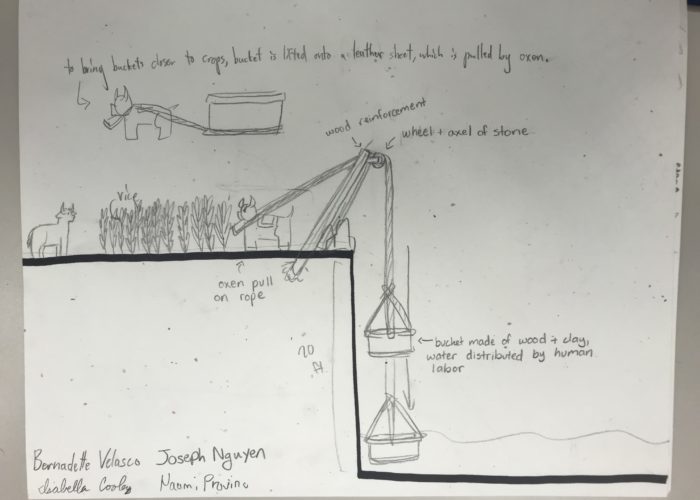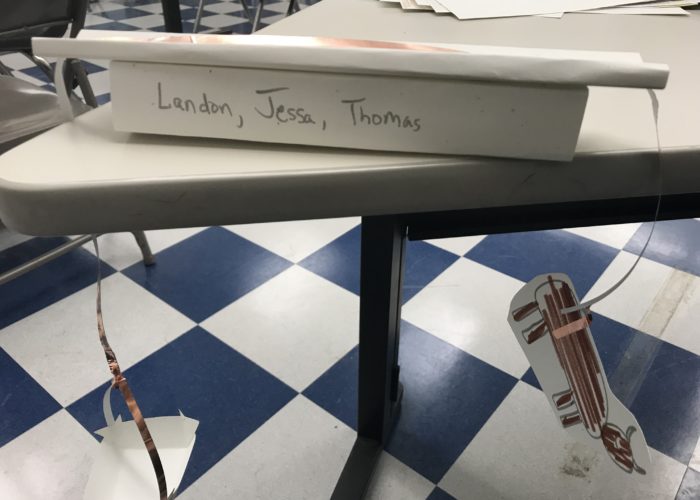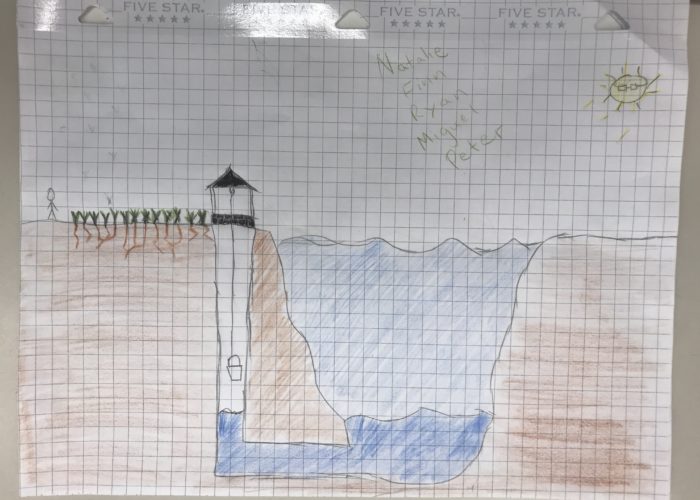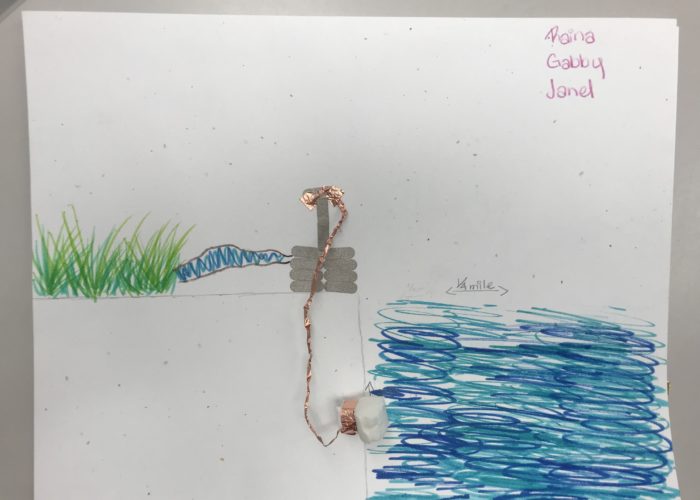DESIGN AND MAKING IN THE SOCIAL SCIENCES: AN MAET AND CEP811 REFLECTION
The Social Sciences, and history in general, are notorious for boredom. Two cliches are often represented in the history classroom: the boring old teacher whom no doubt was related to the teacher from Ferris Buller’s Day Off or some athletics coach.
Indeed, History is right behind Math in courses student’s seem to love or despise, and both have a “purpose” crisis in their communicated utility to the learner. In the words of James Paul Gee, “Test-Prep Academies” and “Skill-and-Drill” are the problem (Gee, 2010). This kind of teaching is killing innovation and creativity.
Project-Based-Learning (PBL) and Making are the twin-cures to this blight in education. Creating a learning environment in which students collaborate in designing and making to solve real-world problems is the future. Creating these activities takes courage and creativity, and is a paradigm shift for many teachers. Inspiration and cross-collaboration are key.
While the process of inspiration in Making and makerspaces first came from time spent with engineering colleagues, I questioned whether any of this could be applied to my own History classes. In all honesty, my classes were “skill-and-drill” to prepare students for the AP exam at the end of the year. But I noticed that my courses lacked the passion and excitement for which I (and my students) longed.
This summer I began a program at MSU earning a Masters of Arts in Educational Technology (MAET). One of the first classes I have taken is CEP811: Adapting Innovative Technologies in Education. This course has ignited an “I can do this” attitude concerning my classes and the Social Science discipline. Focusing on design and making, I am determined to create courses that facilitate creative projects and maker activities, along with transforming my class into a functional makerspace for the Social Sciences.
This week is the first of the 2018/19 school year at my High School. On Monday, I was determined to start the year off with a lesson designed in light of these new TPACK concepts. Instead of starting the year off with the usual (and no doubt repetitive) “this is the syllabus” and “here are the class rules,” I decided to do something exciting. I wanted my students to start the year creating and problem-solving. I wanted them to design and solve a real-world problem.
I immediately divided students into teams and gave them an ancient real-world problem. Each group of students was a new tribe of Hunter-gatherers just starting to produce crops. They needed to design a system that would extract water from a nearby river and get it to their crops.
Students had a fantastic time discussing, diagraming, and arguing about potential problems in their designs. One group of students even made a three-dimensional paper representation of their designed solution.
While this was my first attempt at a Making and Designing lesson, I know it is going to transform the way that I teach.
I still am unsure how I am going to get through the necessary content by the end of the year. I want to dedicate significant time to these meaningful creative projects while preparing them for the realpolitik of passing the AP exam. I am not sure how I am going to thread this needle, but I am determined that this is the right course.
This is the most excited I have been for a school year in a while. Making and Design are facilitating fun in meaningful educational ways.
Thank you CEP811 and MAET for the inspiration and educational transformation happening on my school campus!
References
Gee, J. P. (2010, July 20). James Paul Gee on Grading with Games. Retrieved August 15, 2018, from https://www.youtube.com/watch?v=JU3pwCD-ey0
